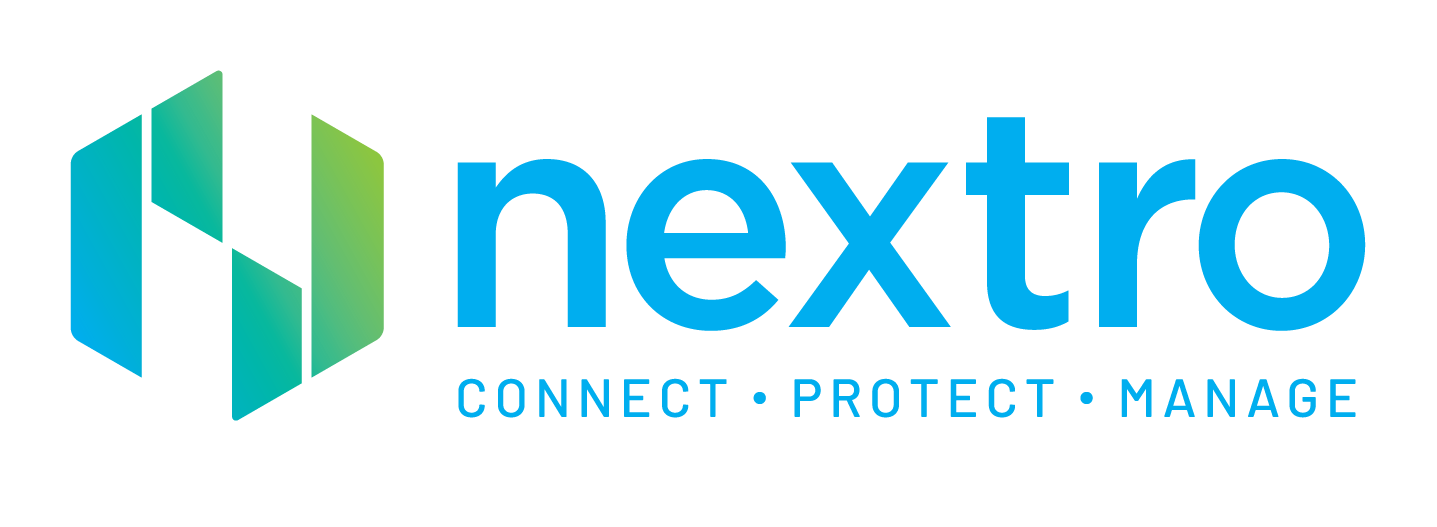Wi-Fi, Cellular, or Ethernet? Why Campus Networks Need All Three
Enterprise IT departments face persistent challenges in managing the variety of access network types needed to support today’s users and devices. From stationary desktops to smartphones and tablets, the connectivity needs across a modern campus can vary greatly. Understanding the strengths and limitations of the main wired and wireless access methods is key to building a solid networking foundation.
By examining Wi-Fi, 4G/5G cellular, and Ethernet technologies and looking at how IT leaders can utilise them together or individually to fulfil different use cases, the benefits of a multi-access Network-as-a-Service (NaaS) approach for campus environments become rapidly apparent.
Network Types and Suitability
Campus networks must support an increasingly diverse landscape of users, devices, and applications – each with unique connectivity requirements.
Wi-Fi
Wi-Fi: The go-to wireless LAN technology offering high bandwidth for local area mobility. Wi-Fi is designed for high-speed data networking over relatively short distances. The latest Wi-Fi 6 and emerging Wi-Fi 7 standards provide enough bandwidth for high-definition video streaming, voice calls, online gaming, and other bandwidth-intensive tasks.
However, Wi-Fi is still impacted by interference and obstructions that can cause latency spikes. While fine for most general computing activities, Wi-Fi may not offer the reliability needed for some real-time applications.
4G / 5G Cellular
The de facto standard for ultra-reliable wireless mobility and low-latency networking. Its combination of licensed spectrum, QoS mechanisms, and wide-area coverage offers key advantages for applications like VoIP calls, video conferencing, IoT communications, and augmented/virtual reality.
The downside is that 4G/5G service plans can be more costly than Wi-Fi and may not offer competitive speeds over small areas. Data caps may also apply depending on the plan.
Ethernet
Offers unmatched reliability and throughput where fixed cabling makes sense. Ethernet is still the workhorse of campus networks – providing high-speed wired connectivity to desktop PCs, printers, network hardware, and servers.
Modern standards like 2.5/5GbE and 10GbE offer ample capacity for demanding applications. The limitation with Ethernet is the lack of mobility and challenges running cables everywhere users roam.
IoT Networks
Connecting devices like security cameras, digital signage, sensors, and asset trackers requires evaluating multiple technologies to match needs. Wi-Fi and 4G/5G can both support IoT, with Low Power Wide Area Networks (LPWANs) like LoRa and NB-IoT filling niche applications.
Getting the right balance of wired and wireless technologies is crucial for a high-performing, cost-efficient campus network. This is where the concept of multi-access networking comes in.
Benefits of Multi-Access Networking
Rather than manage multiple network types in silos, multi-access networking combines them onto a single platform – unifying policies, monitoring, security, and more. This is often delivered as a cloud-managed Network-as-a-Service (NaaS).
NaaS platforms like Ruckus’ provide in-house expertise across various network types, letting IT generalists support technologies that once required specialised skills. Additional benefits include:

Strong SLAs
NaaS providers offer robust service level agreements most organisations can’t match alone – ensuring reliable uptime and performance.

Simplified Network Management
Instead of configuring different systems for the wireless, wired, and WAN sides – one dashboard covers everything. This reduces overhead for IT teams.

Unified Data Security & Privacy
Applying consistent user and device access policies across network domains improves security posture. Having a single source of truth for analytics is also invaluable.

Cost Predictability
Subscribing to NaaS shifts campus networking costs from CapEx to a more flexible OpEx model – allowing better cost control and scaling.
Selecting a Multi-Access NaaS Vendor
When evaluating NaaS providers for your campus environment, focus on determining who offers the best overall value – not just the lowest cost.
Key evaluation criteria include:
Network Performance & Coverage
Look for platforms that can deliver leading throughput, low latency, and reliable uptime through SLAs. Both indoor and outdoor areas should be covered.
Cost & Contract Flexibility
Transparent pricing and the ability to scale up or cancel the service are vital for controlling
Security & Compliance
Review security features like traffic encryption, anomaly detection, user access controls, and compliance with regulations like HIPAA and PCI DSS.
Monitoring & Analytics
The NaaS should provide actionable insights into network traffic, application performance, bottlenecks, and other metrics to improve operations.
Maintenance & Support
What level of technical support and maintenance is provided? How fast can new equipment be shipped and installed if needed?
Unified Management
A single dashboard to control configurations, policies, alerts, and visualisations saves a huge amount of time for IT staff. Automation capabilities are also key.
Ruckus Makes the Cut Across All Areas
As a top innovator in campus network solutions for over 20 years, Ruckus Networks is a logical choice when evaluating NaaS providers across key criteria.
The newly launched Ruckus One platform exemplifies the state of multi-access NaaS with its unified management of wireless, switching, and security fabric functions. It leverages advanced AI from Ruckus Cloud to optimise Wi-Fi performance and troubleshoot issues before your staff notices them.
Ruckus is also pioneering support for next-gen Wi-Fi 7 technology with the Ruckus R750 and R770 access points. These leverage AI-driven radio resource management and traffic optimisation to deliver ultra-fast, reliable connectivity.
Complementing the portfolio are Ruckus ICX switches, delivering the backhaul capacity and PoE power campus networks require. The switches conveniently stack together, simplifying capacity expansion.
With a 4.6-star rating from Gartner for Enterprise Wired and Wireless Infrastructure, Ruckus has established itself as a leader in the industry. This high rating reflects the company’s commitment to developing innovative connectivity solutions for campuses. By choosing Ruckus, you can trust you’ll receive top-tier products backed by exceptional support.
If enabling secure, scalable network access across technologies is a priority for your organisation this year, connect with Nextro Network specialists today. We make it easy to future-proof your network infrastructure to support continued innovation.
